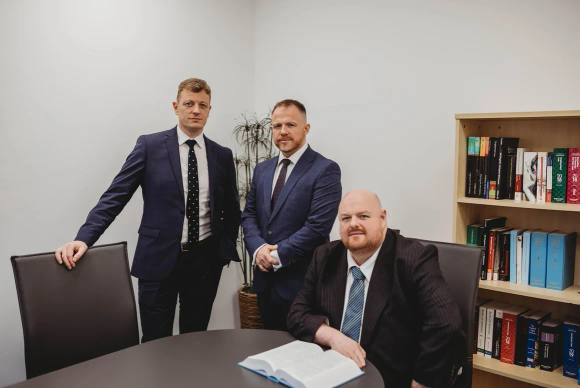Grievous bodily harm (GBH) is a serious criminal offence involving significant injury to another person. GBH charges are brought under two main sections of the Offences Against the Person Act 1861:
- Section 18 (s18): Wounding with intent
- Section 20 (s20): Unlawful wounding or inflicting grievous bodily harm
Both offences are treated seriously and usually heard at Crown Court. The difference between s18 and s20 lies in intent and the level of blame.
s18 Wounding With Intent – Explained
s18 GBH is the most serious assault offence below murder and attempted murder. To be found guilty, the prosecution must prove:
- You deliberately caused serious injury
- You intended to cause serious harm or permanent injury
Common examples include attacks involving weapons, deliberate violent assaults, or repeated blows causing serious injuries.
Sentencing for s18 GBH is severe, with a maximum sentence of life imprisonment. Cases always go to Crown Court and often result in lengthy prison terms, especially if a weapon was involved or the attack was planned.
s20 Unlawful Wounding – Explained
s20 GBH is a lesser offence, though still serious. It applies where someone causes significant injury but without intent to cause serious harm.
This offence covers situations like:
- Fights where serious injury happens unexpectedly
- Incidents where someone lashes out without thinking
- Accidents that escalate into criminal cases
s20 GBH sentencing has a maximum of five years imprisonment, although sentences vary depending on the injuries caused and the circumstances.
What’s the Difference Between s18 and s20 GBH?
Offence
Intent
Court
Maximum Sentence
s18 GBH
Intent to cause serious harm
Crown Court
Life imprisonment
s20 GBH
No intent to cause serious harm
Usually Crown Court
5 years imprisonment
In simple terms, s18 GBH is charged when the prosecution claims you deliberately caused harm, while s20 GBH applies when harm was caused but without intent.
Getting legal advice early can help reduce the charge from s18 to s20, or defend it altogether.





